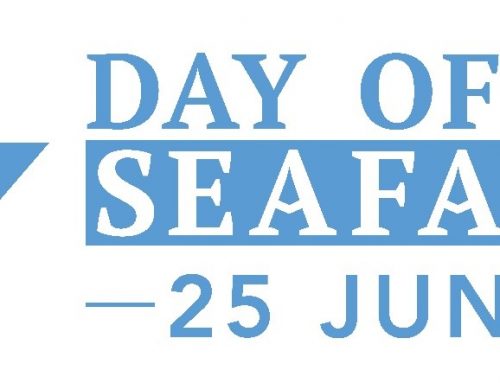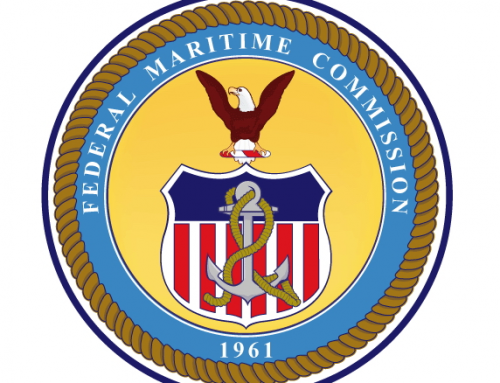On April 9, 2020, the United States Centers for Disease Control and Prevention (“CDC”) extended its “No Sail Order”, originally given on March 15th, for all cruise ships in American waters, casting further doubt on the cruise lines’ recently revised mid-May target to resume service. This order will remain in effect until either: (1) the expiration of the Department of Health and Human Services’ (“HSS”) declaration of the COVID-19 public health emergency; (2) the CDC Director rescinds or modifies the order; or (3) after 100 days.
The CDC issued its order after several other jurisdictions also extended the timeline and requirements for the resumption of cruises. Similarly, Australia’s order, that foreign-flag cruise ships should return to their ports of origin, in effect stops cruises until at least June 15, while New Zealand closed its ports to cruise ships through June 30. Canadian ports are closed to cruise ships carrying more than 500 passengers through July 1, 2020. Around the world, many other ports are closed to cruise ships.
During the four weeks since the cruise lines announced their voluntary pause in operations and the CDC issued its first No Sail order, nearly all cruise ships have disembarked their passengers. The last cruise ship likely to reach a U.S. port is Princess Cruises’ Pacific Princess which, after disembarking the majority of her passengers in Fremantle, Australia, is expected to proceed to California to disembark her remaining 115 passengers who did not meet required standards for air travel. Internationally, there are still a few cruise ships at sea: the Cunard Line’s Queen Mary 2, off the west coast of Africa, plus P&O Cruises’ Arcadia, and Cruise & Maritime Voyages’ Columbus, all carrying passengers due to arrive in England after completing long voyages from the Indian Ocean.
In renewing the original No Sail Order, the CDC cited ongoing public health concerns, including “recent incidences of reported COVID-19 spread onboard cruise ships” like the Costa Magica, Costa Favolosa, Celebrity Eclipse, Disney Wonder, Zaandam, and Coral Princess. Previously, the CDC reported a small number of cases compared to the total number of cruises operating from U.S. ports. However, since the end of March, the CDC cited a total of 28 incidents aboard 21 cruise ships sailing from the U.S. ports that involved COVID-19.
“We are working with the cruise line industry to address the health and safety of crew at sea as well as communities surrounding U.S. cruise ship points of entry,” CDC Director Robert Redfield said in a statement accompanying the announcement on Thursday.
The CDC recently updated its recommendations to “help U.S. cruise ship travelers (passengers and crew) get home as quickly and safely as possible during the COVID-19 pandemic.” Private transportation or charter airplanes now are required to transport people leaving the ships, as well as the use of a face mask (or cloth face covering) and maintaining social distancing. The order also requires the cruise lines to develop, implement and operationalize within seven days an “appropriate, actionable, and robust plan to prevent, mitigate, and respond to the spread of COVID-19 on board cruise ships.” The plans, to be approved by CDC and the USCG (U.S. Coast Guard), address a variety of issues, including: monitoring passengers and crew, medical screenings, training crew on COVID-19 prevention, and effectively managing and responding to an outbreak on board.
The Cruise Line International Association (“CLIA”) has issued a statement in response to the CDC order, noting that it takes responsibility for protecting public health onboard. The association added that as an industry, the cruise lines had submitted proposals “that are far reaching in prevention, detection, and care- and, importantly, would be led and funded by the industry.” CLIA also said that its members are “concerned about the unintended consequences the No Sail Order issued on April 9 has in singling out the cruise industry.”
“Tough decisions will need to be made at some future point in time regarding when and how much capacity to bring back,” Chris Woronka, research analyst at Deutsche Bank, wrote in a report to investors. Woronka recently told investors, “We currently assume essentially no sailings until at least June, and we generally expect capacity to be down 80-85%+ for the calendar 2Q, with calendar 3Q down at least 40-50%, and calendar 4Q likely down 25-35%.”
Ultimately, these efforts by the CDC and other jurisdictions may further delay the lines’ plans to resume cruising. In addition to successful containment and mitigation efforts for the coronavirus, the cruise lines also will have to regain the support and trust of travelers, plus the numerous maritime authorities around the world, by developing enhanced protocols and medical procedures, to ensure the safety of the ships’ passengers and crew, as well as those in the hundreds of ports they visit.
The above is a summary of one or more news stories reviewed by the author of this article. It may contain comments or views of the author only.
This article is intended for general interest and does not constitute legal advice.







